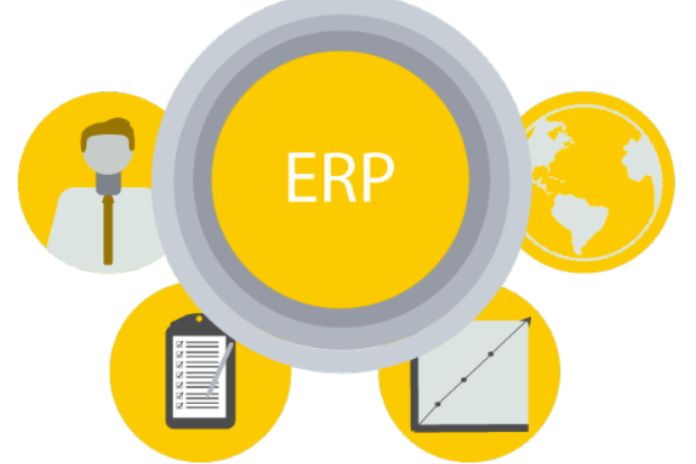Optimising Order Processing: The Interaction With The ERP

Anyone who develops and manufactures complex products is even more dependent than other companies on the close integration of design and order processing. A Braunschweig-based manufacturer of simulation systems relies on the particular configuration options of its new ERP system.
On average, Simtec Systems GmbH instals 5,000 different items and 150,000 parts in a hydraulic simulation system. The systems come z. They are used, for example, to test components for the air, road, rail, or water or, as flying theatres, to ensure extraordinary experiences in amusement parks, museums, and the like. But no matter what application they are designed for: the systems are highly complex and use the latest technology, and apart from a few small series always unique. It takes two to three years from the first draft to delivery because a lot is done by hand. Simtec must keep track of the large amount of data generated and processed during the projects. The goal is to optimise order processing.
ALSO READ: Wasabi Cloud: SEP Expands Portfolio For Data Protection
Consistent Processes Create High Efficiency: Optimise Order Processing
Therefore, it was time to introduce an ERP solution a few years ago. The choice fell on the ERP system PSIpenta from the Berlin ERP MES provider PSI Automotive & Industry – partly because it offered the desired integration options for the existing design solutions. ” From the beginning, the goal was the iterative development of an overall system that consistently and efficiently maps all processes from design.
The current interaction between CAD, PDM, and ERP solutions seems simple at first glance: With the help of two CAD solutions, drawings for the mechanical and electronic components are created in the development department. These are sent to the Vault Professional product data management (PDM) system, which prepares all the information the ERP system needs for the planning and production steps. These include, e.g., B. Article master data and parts lists. The PDM system automatically transfers this information to the ERP system PSIpenta, which then generates the project-related production orders.
Design Guidelines Create A Valid Data Basis
What makes this interaction significant? Even the designers provide information via the CAD program that colleagues will later need when working with the ERP system. This creates a valid data basis right from the start, which almost rules out manual rework. However, this consistency is not a matter of course.
The systems used are sometimes based on very different logic that must be reconciled. Before the ERP system was introduced, those responsible determined all the work steps and information that needed to be linked. The focus was always on how the systems involved can be operated easily so that comprehensible advantages arise for all users because these guarantee a high level of acceptance and, thus, for successful use of the entire system. A project example: Employees should be able to obtain a comprehensive overview of very complex assemblies quickly. The continuous transparency required for this minimises complex internal coordination.
Two building blocks have created the basis for this: the development of binding design guidelines for all properties and fields and the determination that the PDM system is the source of all items and item numbers. “In the course of this, we also introduced an additional program from Vault, which we could use to establish automated processes when transitioning from one system to another,” describes Hellwig. Are, e.g., B. to deliver certain documents with orders, a tick is automatically set in the CAD program. Other files are automatically stored in a specific folder in the ERP solution.
Three Checking Mechanisms Ensure Data Quality
Thanks to these automatisms, the project team ensured that the designers only had to fill out four additional properties after introducing the ERP system. In addition, the data validity is additionally secured by three checking mechanisms:
- As part of the release process, the PDM system checks whether all mandatory fields have been filled out following the properties.
- The job tools carry out plausibility checks.
- If the ERP system detects irregularities, e.g., B. Changes to a template item or an unknown BOM item, it automatically sends error emails via the interface.
Optimise Order Processing: Significant Added Value
Another example shows the added value of harmonising the processes: the current drawing and preview images are attached to each article in the ERP system. A special dialog, which Simtec created itself with the help of the unique PSI-Click design, includes all the data fields transferred for the respective article. Every employee can see the most important design features at a glance. On this basis, order processing can be optimised with just a few clicks, production orders can be created, and planning decisions can be made on a solid database.
Many production companies know this challenge too well: harmonising IT standard efforts and individual processes. Despite the complex project structures, Simtec managed this balancing act: by introducing an easily configurable ERP system and establishing a clever, consistent data strategy between CAD, PDM, and ERP systems.
